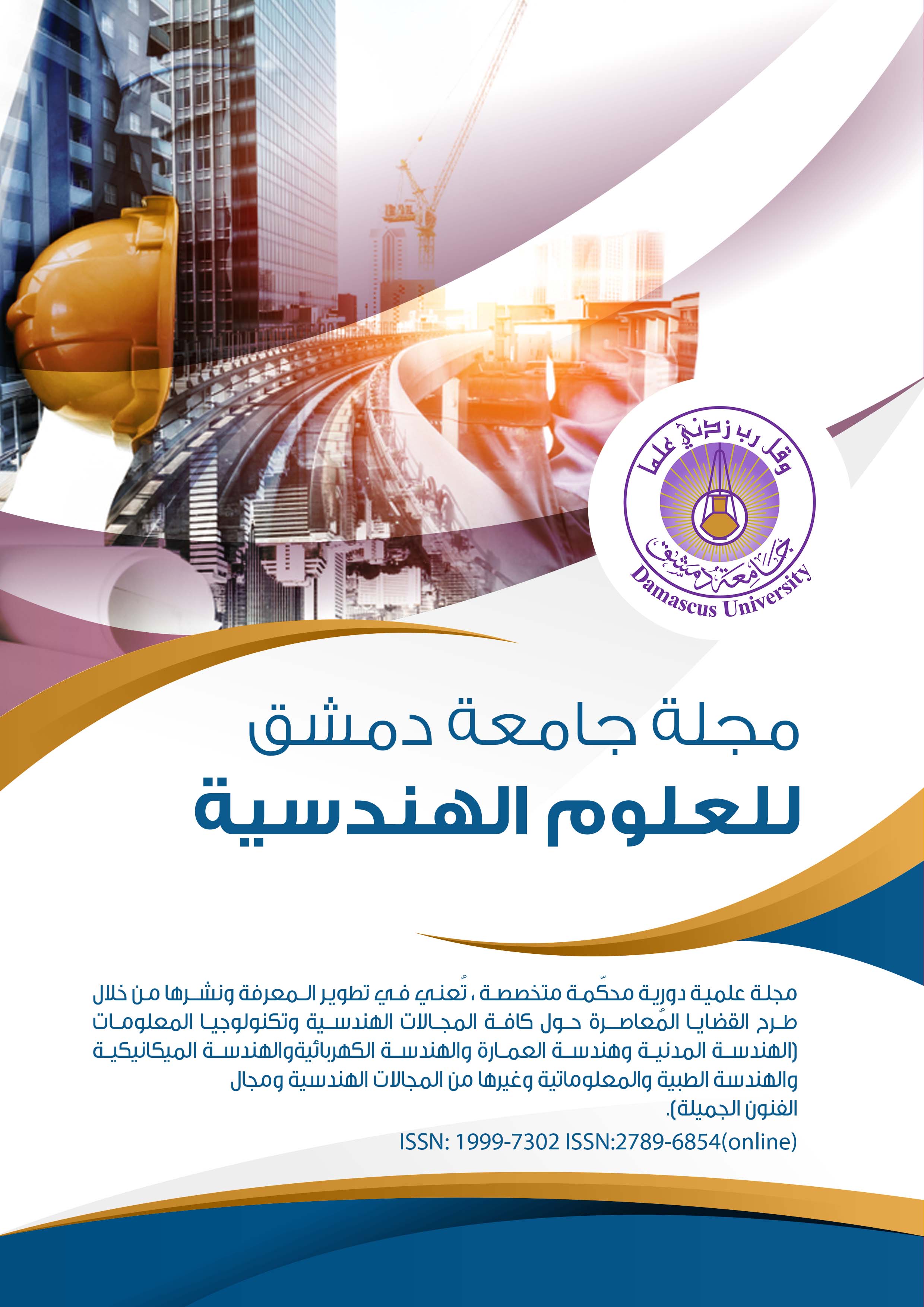Design and implementation of a numerical model to study the thermomechanical effect and the impact of the intensity, time and wavelength of laser radiation on human skin tissue
Keywords:
mechanical and thermal effects, interaction of laser with tissue, Thermomechanical effectsAbstract
The photothermal and optomechanical effects of short-pulse laser irradiation on normal tissues have been studied. The heat-affected region in tissues as a result of laser radiation was studied for a group of laser variables, which include wavelength, radiation intensity, laser beam size, as well as exposure time. The pulse width ranged between 1 and 2 millimeters, and the intensity of the laser radiation ranges from 1 to 2 W/mm2 at wavelengths 532 and 800 nanometers.
Numerical simulations were carried out using finite elements model developed in COMSOL Multiphysics, and the temperature distribution due to laser radiation was obtained using Penns equation for bioheat transfer. The accuracy of the developed model was verified by studying the temperature distributions and equivalent mechanical stresses, and the mechanical deformations were studied. After developing the model and making sure that it works adequately, a multiple linear regression model was developed in the Minitab program to study the effect of the independent variables including the wavelength of the laser radiation, intensity, spot size and exposure time on the maximum temperature apparent in the tissue. It is recommended to use this model to obtain the optimal values of the laser treatment corresponding to the tissue with specified dimensions and values.

